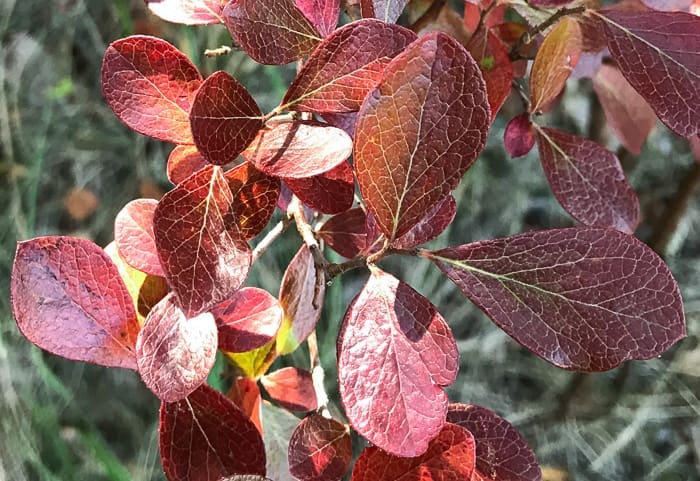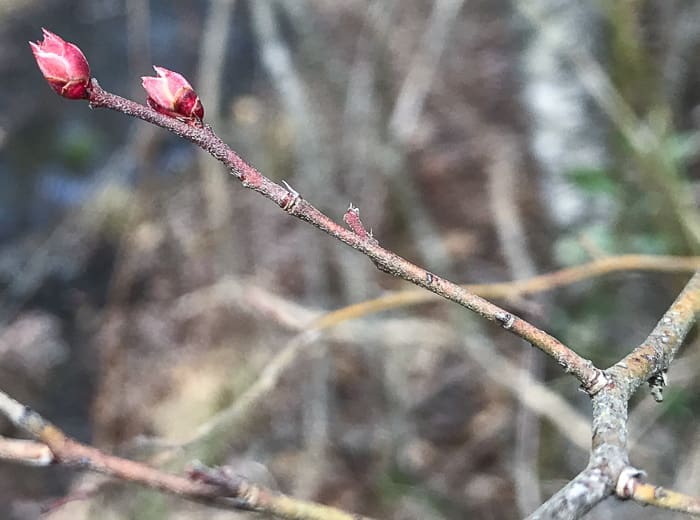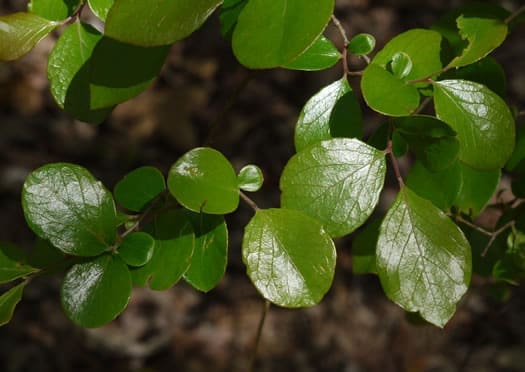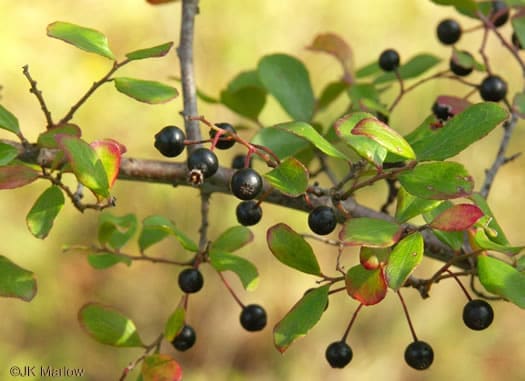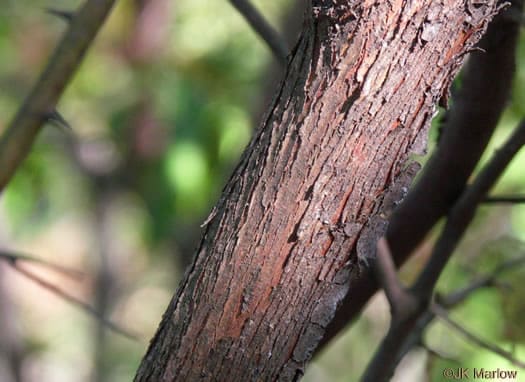Ericaceae
sparkleberry
Vaccinium arboreum
Synonyms
Batodendron arboreum
Vaccinium arboreum var. arboreum
Other Common Names
farkleberry
Plant Type
Small Tree/Large Shrub (10-25 ft)
Life Cycle
Perennial
Typical Size
8-15 ft. tall
4-10 ft. wide
Tolerant of
Drought
Inolerant of
Poorly Drained Soil, Direct Afternoon Sun
Propagation
By seed, By cutting
Plant Propagation Notes
Cuttings from softwood is the primary propagation method. Hardwood cuttings of unbranched shoots from previous seasons may also root.
Plant Planting Notes
Provide up to 10 ft spacing.
Plants/Diseases
No significant disease or pest issues.
Wildlife Benefits
Nectar/pollen source for pollinating insects, Host plant for butterfly larvae, Fruit/seeds for birds
Leaves
Leaves alterante, elliptical to ovate with entire margins; up to 3 inches with a glossy or leathery surface.
Flowers
White with fused petals to form a bell shape. Flowers on raceme.
Fruit
Berries turn purple to black.
Bark
Branches and twigs are gray and smooth. Older stems and trunk is brown to red and exfoliating in long vertical strips.
Toxicity
No known toxicity.
Edibility
Fruits are edible, but not described as palatable like other species of Vaccinium.
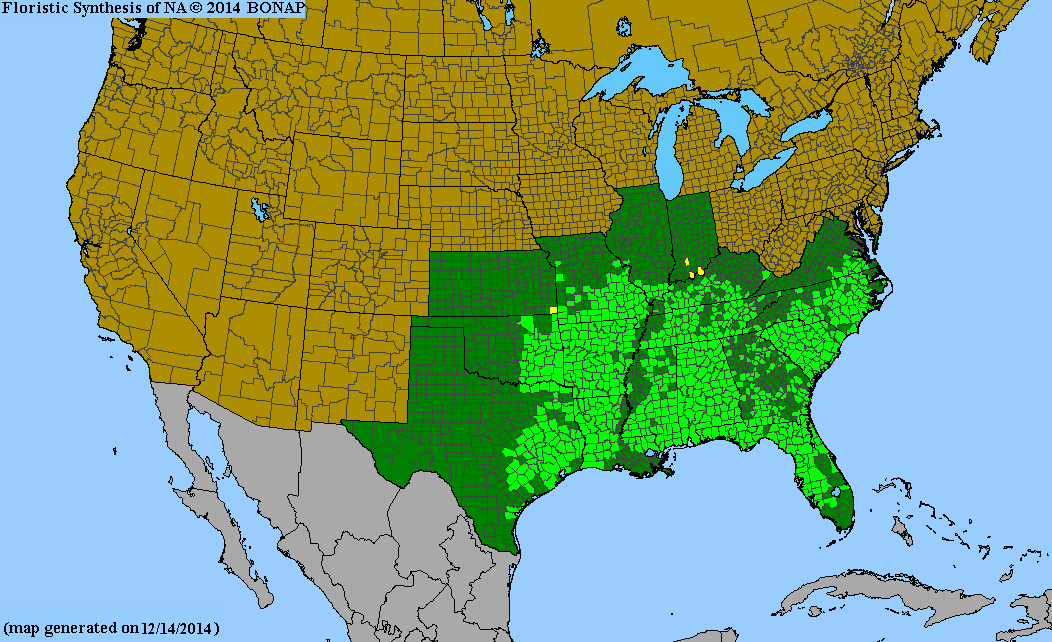
USDA Hardiness Zones
7, 8, 9
Light Exposure
Part Sun/Shade
Soil Moisture
Dry, Medium
Soil Drainage
Well-drained
Soil pH
Acidic (less than 6.0), Neutral (6.0-8.0)
Native in South Carolina?
Yes
Plant Native Habitat
Tolerates calcareous soils, unlike other Vaccinium species. Prefers woodlands, bluffs, or cliffs with xeric sandy or rocky soils.
Global Conservation Status (NatureServe)
Secure (G5)
Federal Conservation Status (USFWS)
Not Listed
Distribution Notes
Common throughout South Carolina

